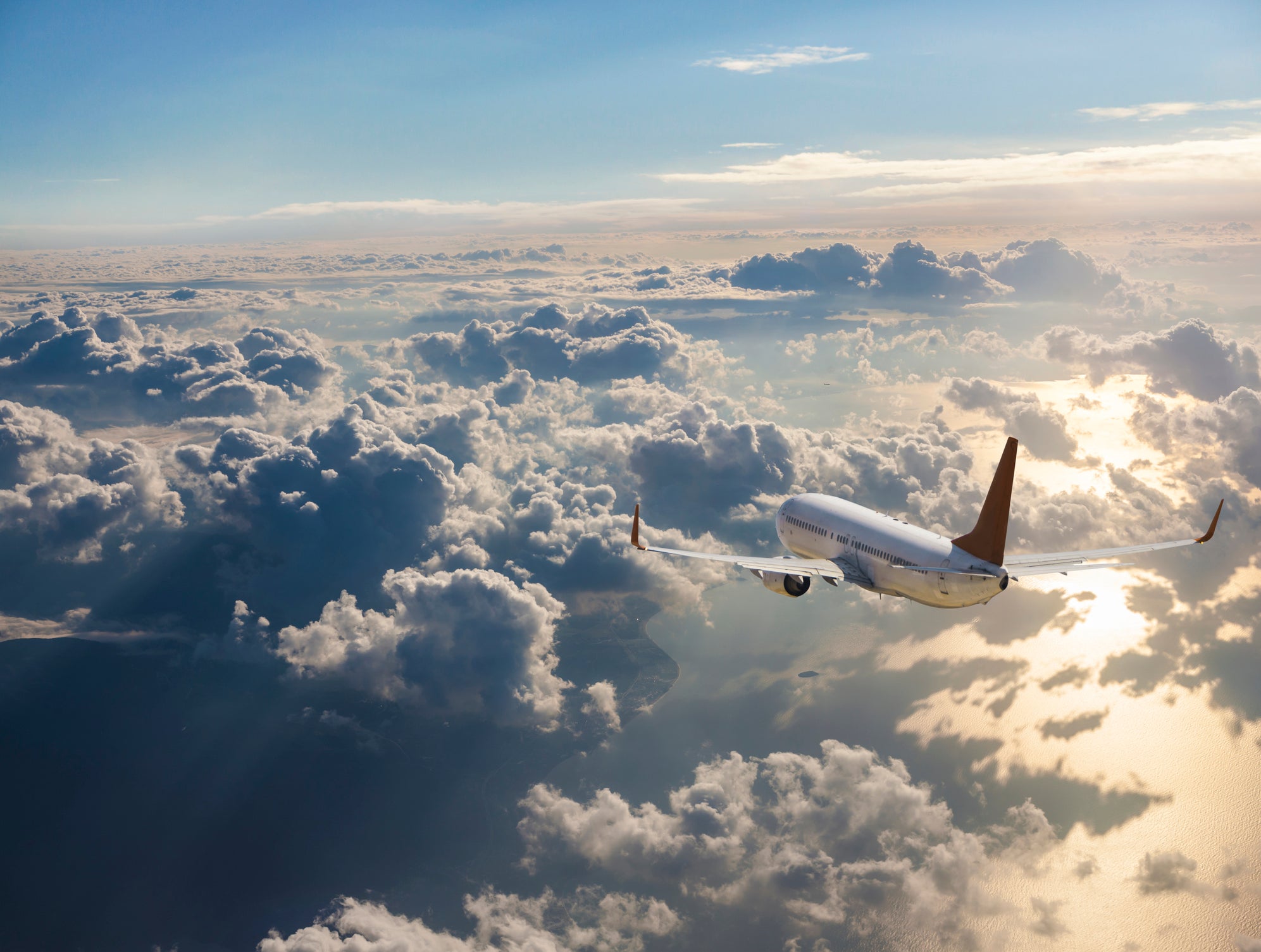These are the world’s most turbulent flight routes, from short-haul domestic trips to long-haul journeys
Which flight routes experience the most turbulence on average?

Your support helps us to tell the story
From reproductive rights to climate change to Big Tech, The Independent is on the ground when the story is developing. Whether it's investigating the financials of Elon Musk's pro-Trump PAC or producing our latest documentary, 'The A Word', which shines a light on the American women fighting for reproductive rights, we know how important it is to parse out the facts from the messaging.
At such a critical moment in US history, we need reporters on the ground. Your donation allows us to keep sending journalists to speak to both sides of the story.
The Independent is trusted by Americans across the entire political spectrum. And unlike many other quality news outlets, we choose not to lock Americans out of our reporting and analysis with paywalls. We believe quality journalism should be available to everyone, paid for by those who can afford it.
Your support makes all the difference.Turbulence is the worst part of flying for many people. Though it’s a phenomenon that happens surprisingly regularly, it can often be alarming – one that can strike fear into even the most seasoned flyers.
But it is often misunderstood; it provides very little threat to modern commercial aircraft, with most injuries occurring when people aren’t strapped into their seats.
Turbulence is defined by the US National Weather Service as a phenomenon that is “caused by abrupt, irregular movements of air that create sharp, quick updrafts and downdrafts” that “occur in combinations and move aircraft unexpectedly”.
The most common type, called clear air turbulence (CAT), is defined by the Federal Aviation Administration as “sudden severe turbulence occurring in cloudless regions that causes violent buffeting of aircraft”. It adds that this “is especially troublesome because it is often encountered unexpectedly and frequently without visual clues”.
So what is the likelihood that you’ll be affected by turbulence, and which flying routes are most affected by it? We answer the key questions.
Read more: What is turbulence and can it cause your plane to crash?
How likely am I to be affected by severe turbulence?
While most flyers will have encountered some mild turbulence before, severe turbulence is far more rare. Some figures put the number of flights affected by severe turbulence as one departure in every 50,000.
Conditions caused by global warming mean that we may see slightly more turbulence in the future. According to data taken over the last 15 years by the Federal Aviation Administration, the total number of serious passenger injuries related to turbulence in the US is 37.
Where are the best (and worst) places to sit for turbulence?
Ideally, book a seat near the wingspan in the centre of the plane for the smoothest flying experience. Being near the plane’s centre of mass means you’re less likely to be affected by forces such as wind, drag and lift.
In addition, the front of the plane experiences less noticeable effects of turbulence than the seats in the back, as they are more affected by wind hitting the tail of the aircraft.
What are the most turbulent flight routes around the world?
Data from turbulence prediction website Turbli, which has analysed around 10,000 routes connecting the 550 largest airports, shows the most turbulent journeys of 2024. Routes are ranked according to “eddy dissipation rate”, which Turbli founder Ignacio Gallego Marcos describes as the “measure of the turbulence intensity at a given spot”.
The 121.7-mile journey between Mendoza, Argentina and Santiago, Chile’s capital, was ranked as the most turbulent on average, with the route between Córdoba in Spain and Santiago, ranked second.

Turbli also broke down the most turbulence-prone flights by continent, revealing that the 185-mile-long journey between Nice and Geneva was top of the list for Europe, while North America’s 348-mile flight from Albuquerque to Denver proved to be the most turbulent.
For Asia, the most turbulent was the flight between Nepal’s Kathmandu and Lhasa in China, for Africa it was a domestic South Africa flight from Durban to Johannesburg, while in Oceania it was a domestic New Zealand flight from Christchurch to Wellington. For South America it was, of course, the Mendoza-Santiago flight, which also came out on top in a list of short-range flights of 932 miles or less.
For long-range routes over 2796 miles with the highest average turbulence, the top flight was Nairobi in Kenya to Sepang in Malaysia.
Below are the top 10 most turbulent journeys in the world in full, according to Turbli data:
- Mendoza (MDZ) - Santiago (SCL)
- Cordoba (COR) - Santiago (SCL)
- Mendoza (MDZ) - Salta (SLA)
- Mendoza (MDZ) - San Carlos de Bariloche (BRC)
- Kathmandu (KTM) - Lhasa (LXA)
- Chengdu (CTU) - Lhasa (LXA)
- Santa Cruz (VVI) - Santiago (SCL)
- Kathmandu (KTM) - Paro (PBH)
- Chengdu (CTU) - Xining (XNN)
- San Carlos de Bariloche (BRC) - Santiago (SCL)
For more travel news and advice, listen to Simon Calder’s podcast
Join our commenting forum
Join thought-provoking conversations, follow other Independent readers and see their replies
Comments